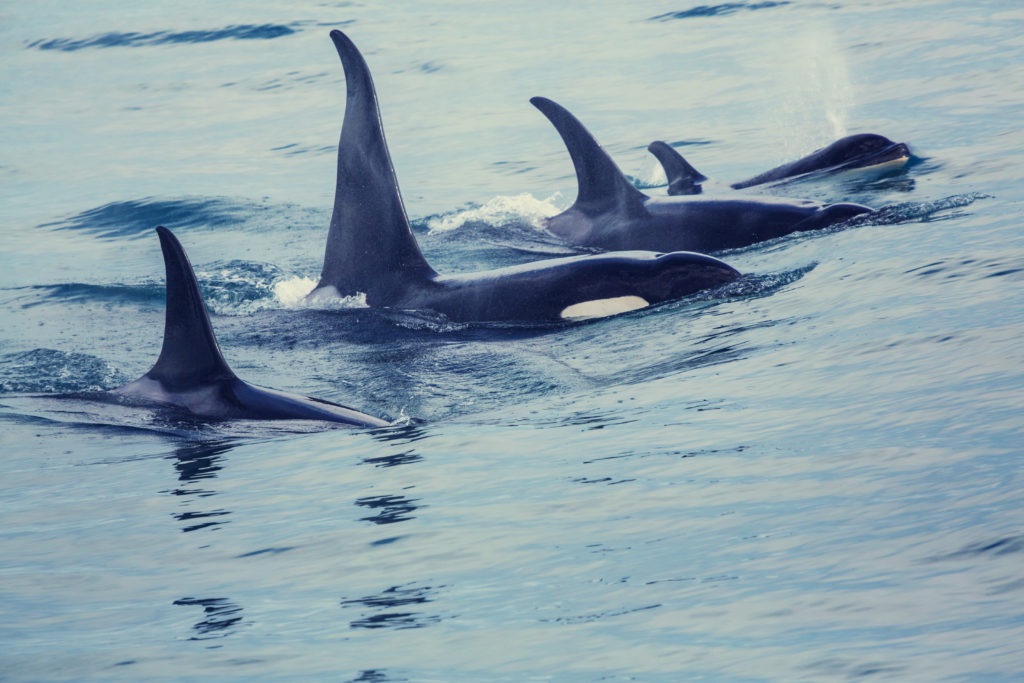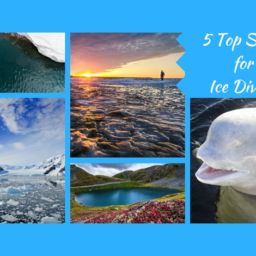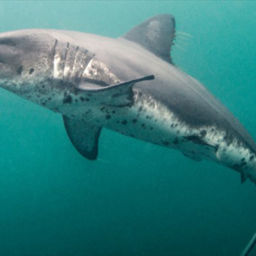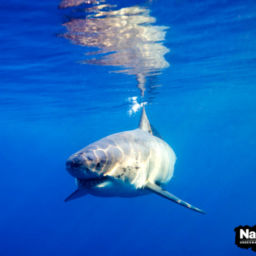What are orcas?
Although commonly called killer whales, orcas are in fact the largest member of the oceanic dolphin family. They inhabit every ocean. They are quite large, with a male orca measuring anywhere from 20 to 26 feet (6 to 8 m) and females measuring 16 to 23 feet (5 to 7 m). A male’s dorsal fin can be up to 6 feet (2 m) tall. These apex predators have no predators of their own in the ocean. The “wolves of the sea” hunt in a pack, preying on fish, mammals, cephalopods, sea birds, sea turtles, and sometimes whales much larger than themselves.
Orcas are highly intelligent and social, forming complex social structures called pods. Orca pods are matrilineal, and offspring typically live with their mother for their entire lives. Pods can number as few as three animals and up to around 40 orcas.
There are likely three to five different species — or at least subspecies — of orcas, but currently none are classified. They vary in size and habits depending on location. There are both nomad populations that travel around oceans and resident pods that inhabit the same area or travel back to it every year.
Adults reach sexual maturity at around 13 to 15 years old. A female will give birth to one calf at a time, which they carry for 15 to 18 months. As for lifespan, orcas in the wild usually live to be around 50 years old, although males can have shorter lifespans and females can live up to 100 years. Male orcas in captivity typically do not live past 20 and females do not live past 30.
Largely because of the movie “Blackfish,” controversy continues over whether humans should keep these animals in captivity. SeaWorld has announced that it will end its captive breeding program, although it appears that the orcas in the park are stuck there. Orcas in the wild are currently listed on CITES Appendix II.
Where do orcas live?
Orcas live in every ocean around the globe. Although divers rarely see them, they are the main attraction on quite a few whale-watching tours. The Arctic, Alaska, Norway, Iceland, Patagonia (Argentina), the west coast of Canada and northwest United States, Western Australia and New Zealand are some of the best places to spot them.
Threats to the orca population
Although orcas do not have predators, as mentioned, they do face a number of threats. Marine pollution is causing contamination of their diet and reproduction difficulties as well. Other threats include depletion of prey due to overfishing by humans and habitat degradation, ship collisions, oil spills, and fishing-gear entanglement.
How can you increase your chances of spotting an orca?
If you’d like to see orcas, choose the spot and the season carefully. Although you cannot dive with them, organized snorkel tours in far northern Norway, running roughly from December through February, have been gaining popularity in recent years. Operators provide cozy drysuits and snorkel gear, but prepare for the cold. There are plentiful whale-watching tours around the world where you’ll see them from the surface; choose an environmentally friendly operator.






